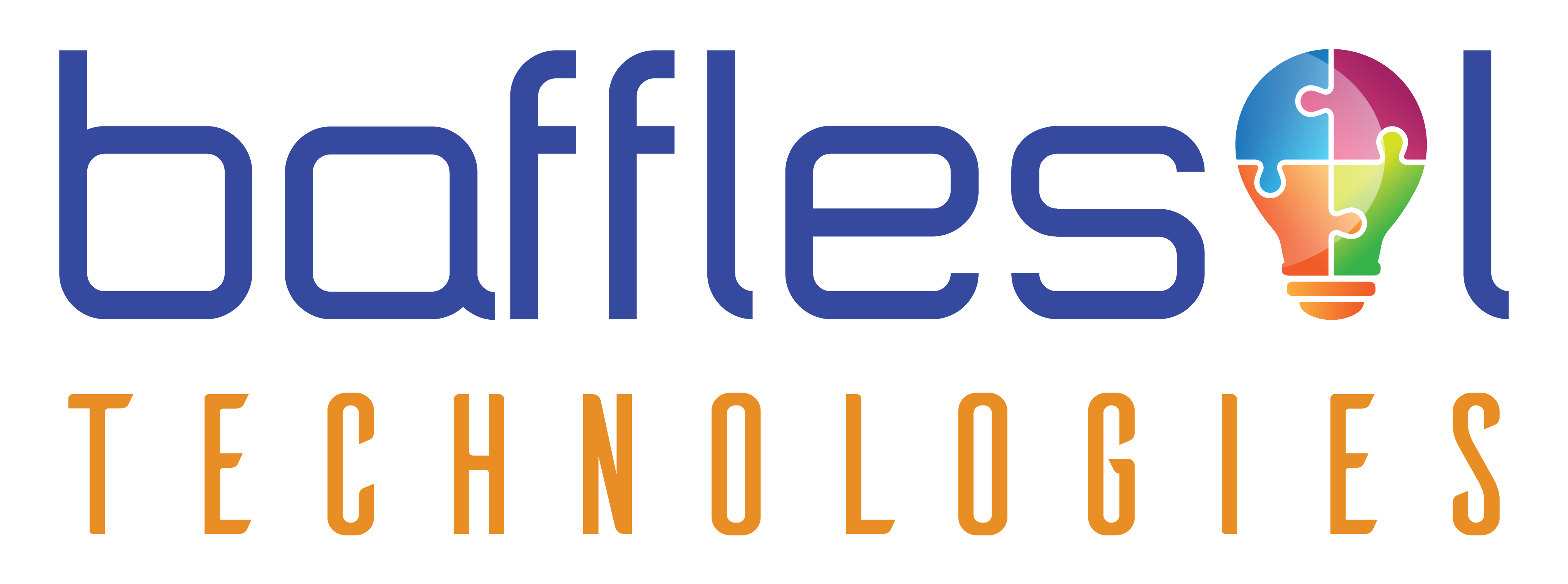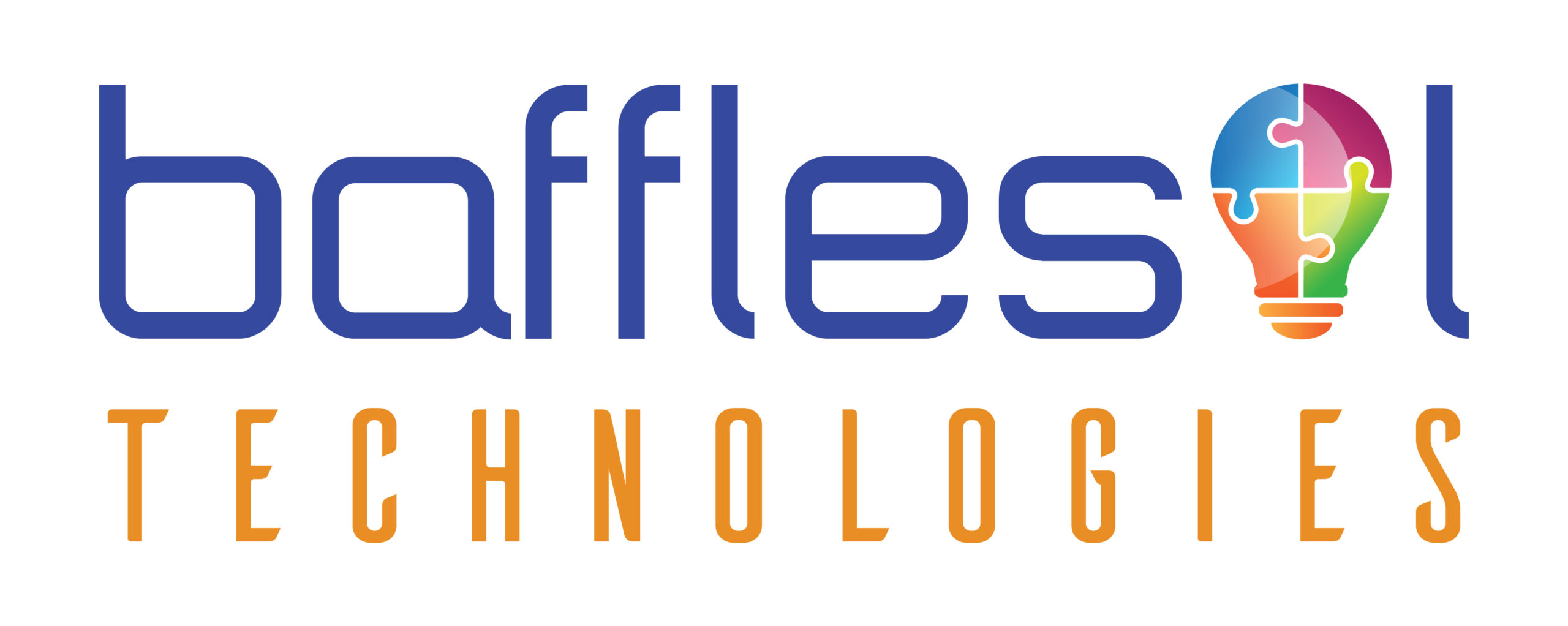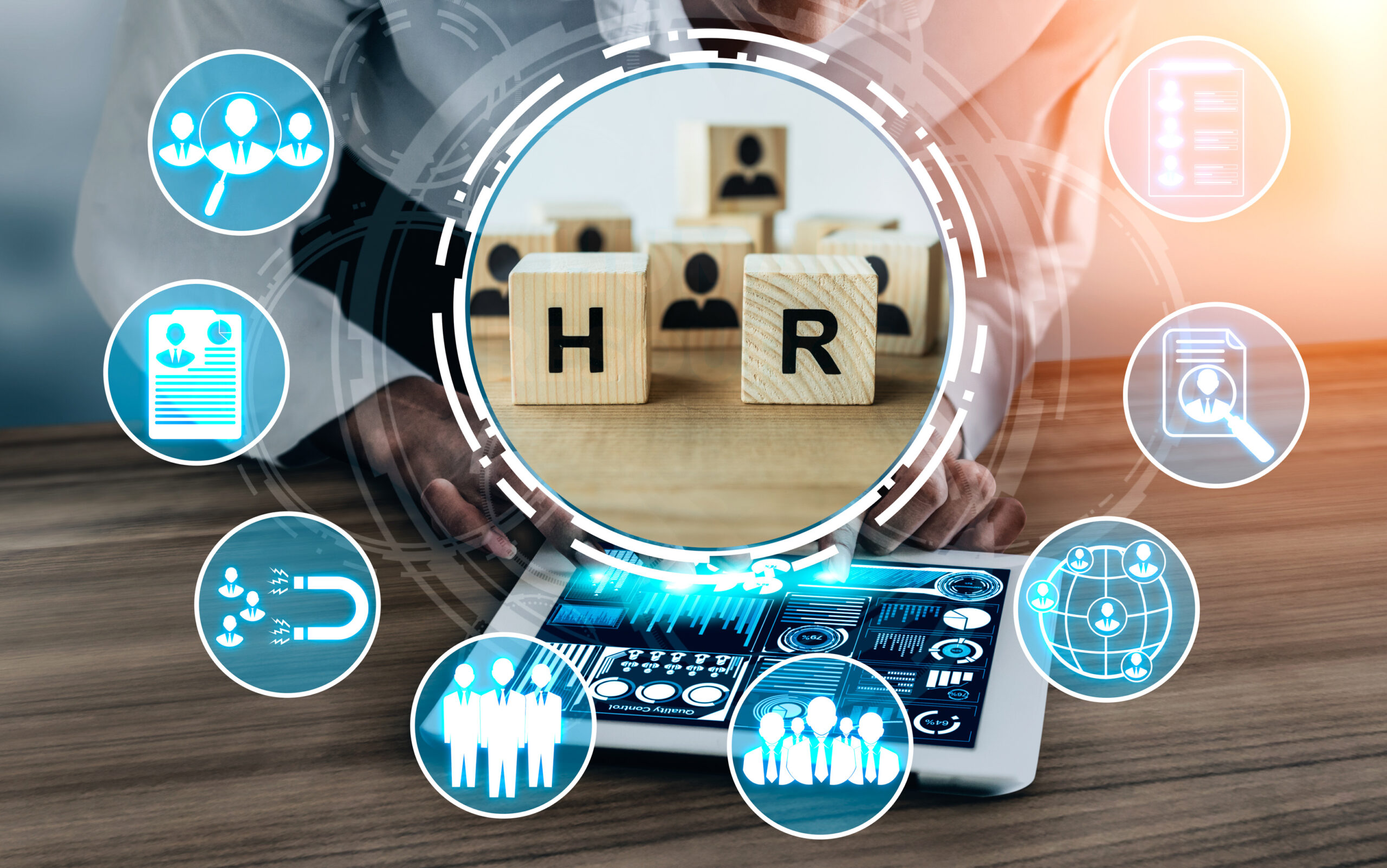Microsoft Dynamics for Human Resources offers a transformative solution for modern workforce management. With its benefits, cloud availability, ease of implementation, and careful preparation, organizations can streamline HR processes, enhance employee engagement, and leverage data-driven insights. By embracing Microsoft Dynamics, HR leaders can optimize their operations, drive organizational success, and create a thriving workplace in the digital era.
Managing the workforce effectively is crucial to achieving success in the dynamic business world. Microsoft Dynamics for Human Resources provides a cloud-based ERP solution that streamlines HR processes and is an ideal choice for organizations that want to transform their operations.
This comprehensive product reduces manual labour and increases efficiency by creating a centralized location to manage all HR activities, from recruitment to performance management. Employees can access self-service portals, recognition programs, and performance-tracking features, which empower them and increase engagement, resulting in a greater sense of belonging and alignment with organizational objectives.
Microsoft Dynamics enables HR professionals to manage employee data efficiently, making it easier to make informed decisions about workforce planning, regulatory compliance, and other critical HR functions. By leveraging the platform’s robust reporting and analytics capabilities, HR leaders can access valuable insights into workforce trends, performance metrics, and training needs.
The cloud-based Microsoft Dynamics for Human Resources offers scalability and accessibility benefits, which allow organizations to scale their HR capabilities as needed. The cloud enables quick adaptation of HR systems without infrastructure constraints, whether expanding or downsizing. Cloud deployment ensures that HR data and functionalities are accessible anytime, anywhere, which promotes remote work, collaboration, and responsiveness.
To ensure a successful implementation that drives employee engagement and enhances workforce management, the CTO, CIO, and CHRO should collaborate. They can assess HR needs, evaluate technical requirements, configure the system, develop a change management strategy, plan data migration, and define key performance indicators.
To implement Microsoft Dynamics for Human Resources efficiently, organizations should define objectives, prepare data, align processes, provide user training, and deploy the solution iteratively. By adopting Microsoft Dynamics, HR leaders can optimize their operations, drive organizational success, and create a thriving workplace in the digital era.



